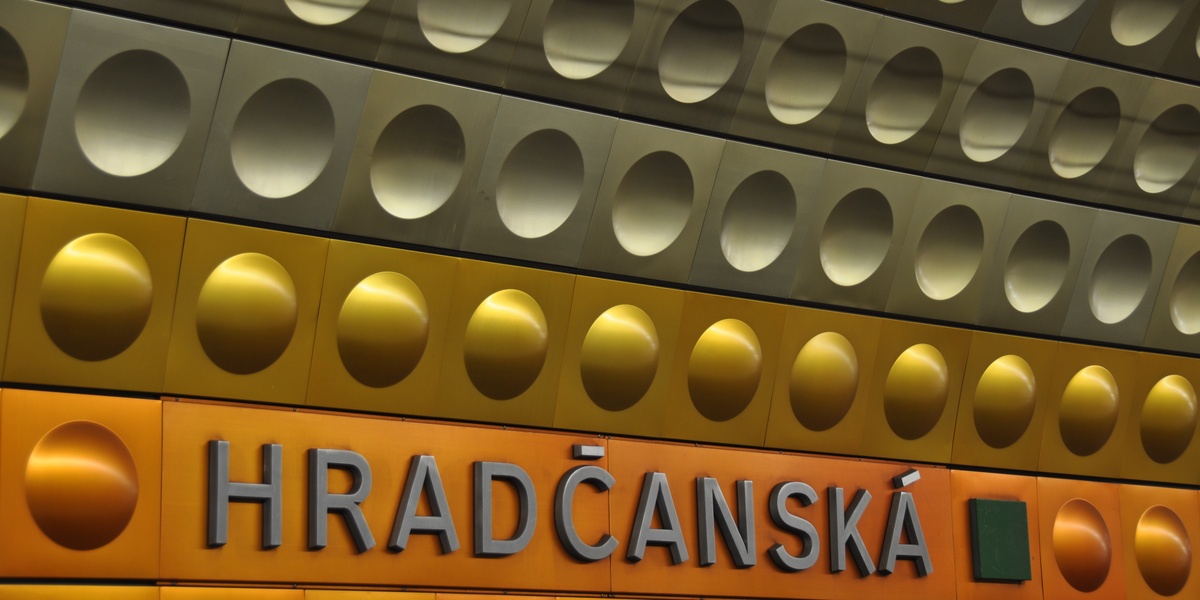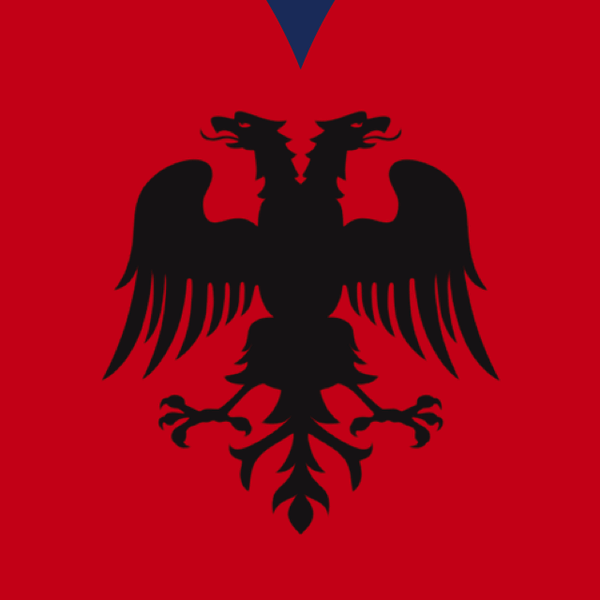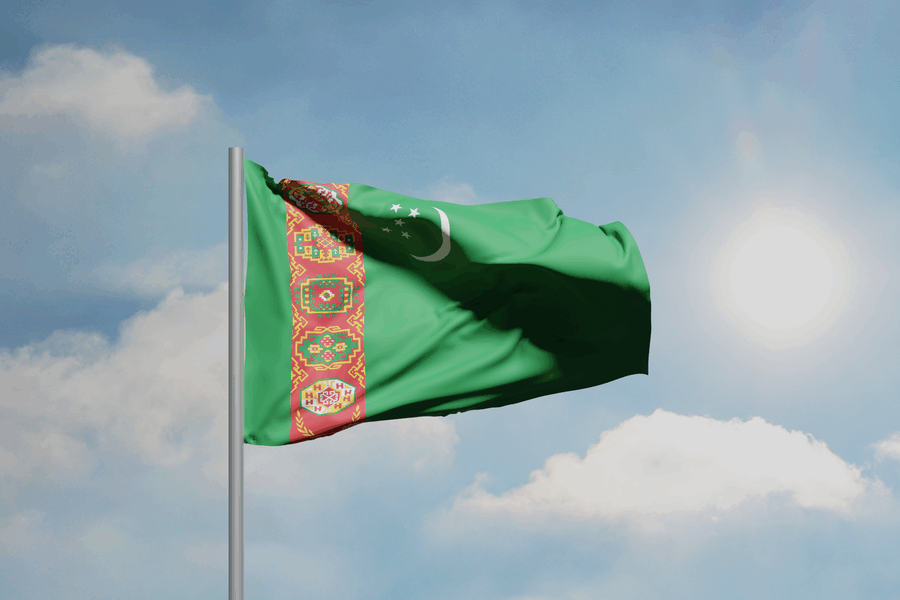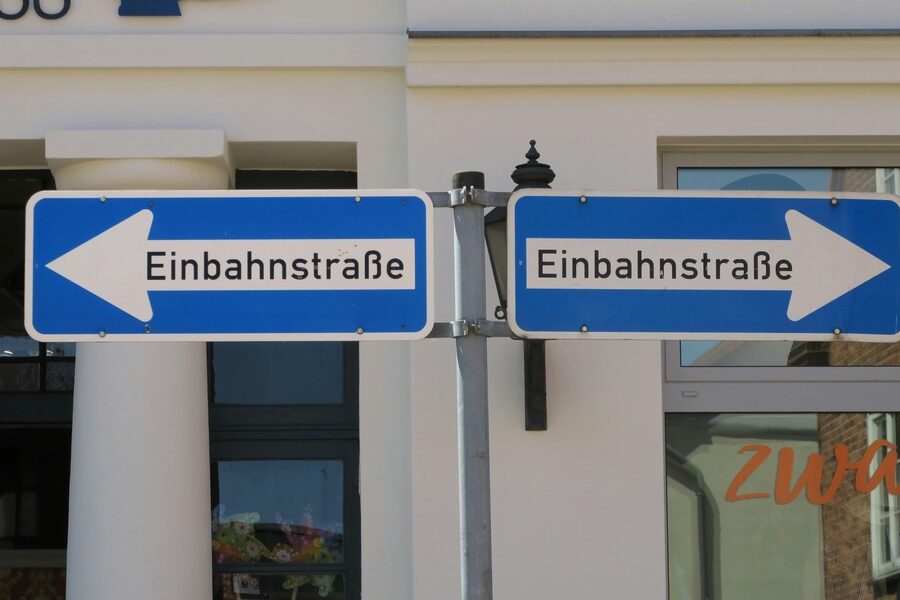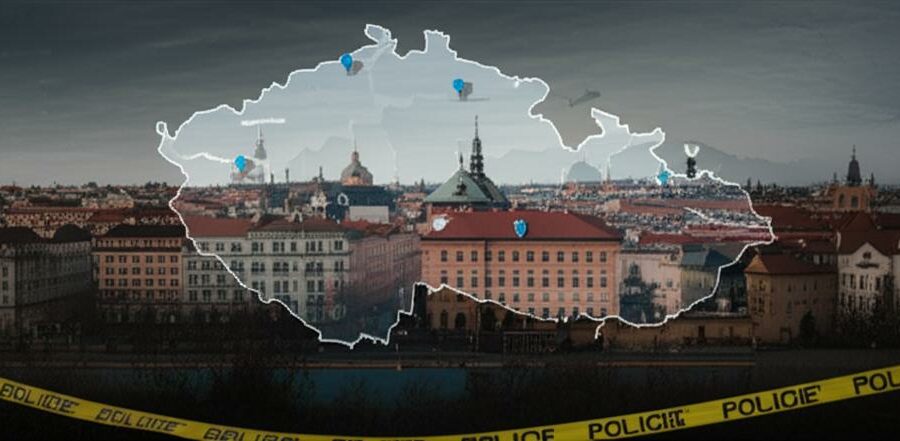The Czech Republic sits at the crossroads of Central Europe, where history, migration and regional ties shape a varied linguistic landscape. In big cities and border districts alike you’ll hear a mix of long-established languages and newer community tongues that reflect trade, work and family connections.
There are 18 Languages Spoken in Czech Republic, ranging from Bulgarian to Vietnamese. For each entry you’ll find below data organized by Legal status,Estimated speakers,Regions so you can quickly see whether a language has formal recognition, how many people use it, and where it’s concentrated — you’ll find those details below.
Which languages have official or protected status in the Czech Republic?
Czech is the state language, while several minority languages receive varying degrees of legal protection or local support under national law and international agreements; examples include Polish and German in border areas and languages used by recognized minorities — check the Legal status column below for specifics on each language.
How accurate are the population figures for smaller language communities?
Counts come from censuses, municipal records and community estimates, so numbers can differ by source and change over time; the Estimated speakers column gives practical ranges and dates when available, and pairing that with Regions helps you judge whether a language is locally concentrated or more widespread.
Languages Spoken in Czech Republic
| Language | Legal status | Estimated speakers | Regions |
|---|---|---|---|
| Czech | Official language | 10,500,000 | Nationwide |
| Ukrainian | Recognized minority and major immigrant language | ~600,000 | Prague, Brno, Central Bohemia |
| Slovak | Recognized minority language; mutually intelligible | ~300,000 | Prague, Moravian-Silesian Region, areas bordering Slovakia |
| Russian | Recognized minority and significant immigrant language | ~100,000 | Prague, Karlovy Vary |
| Vietnamese | Recognized minority and major immigrant language | ~70,000 | Prague, Cheb, Varnsdorf, and other cities |
| Polish | Recognized minority language with territorial rights | ~50,000 | Moravian-Silesian Region (esp. Zaolzie/Těšín Silesia) |
| German | Recognized minority and widely learned language | ~40,000 | Border regions with Germany and Austria (former Sudetenland) |
| Romani | Recognized minority language | ~30,000 | Socially excluded localities nationwide (e.g., Ústí nad Labem) |
| English | Widely learned foreign language; lingua franca | ~30,000 (native); widely spoken as L2 | Prague, Brno, major cities, tourist areas |
| Czech Sign Language | Officially recognized language of the Deaf | ~15,000 | Nationwide, concentrated in cities with Deaf community centers |
| Bulgarian | Recognized minority language | ~12,000 | Prague, Brno, other large cities |
| Hungarian | Recognized minority language | ~10,000 | Prague, and areas near the Slovak border |
| Chinese (Mandarin) | Significant immigrant language | ~8,000 | Prague |
| Serbian | Recognized minority language | ~5,000 | Prague, major cities |
| Greek | Recognized minority language | ~3,500 | Krnov, Brno, Prague, Jeseník |
| French | Widely learned foreign language | ~4,000 (native); widely learned as L2 | Prague, Brno (academic/cultural circles) |
| Croatian | Recognized minority language | ~1,500 | South Moravian Region (historic Moravian Croatian villages) |
| Rusyn | Recognized minority language | ~1,100 | Prague, Northern Moravia |
Images and Descriptions
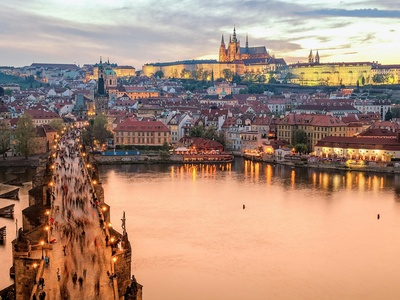
Czech
The official state language, used in all aspects of public life, education, and media. A West Slavic language, it is the native tongue of over 95% of the population and is known for its complex grammar and pronunciation.
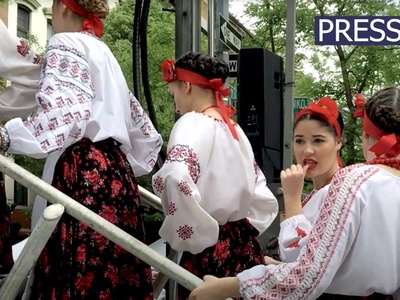
Ukrainian
The number of Ukrainian speakers surged after 2022, making it the largest minority language. It’s used within the large Ukrainian community for daily communication, work, and cultural activities, especially in major urban centers.
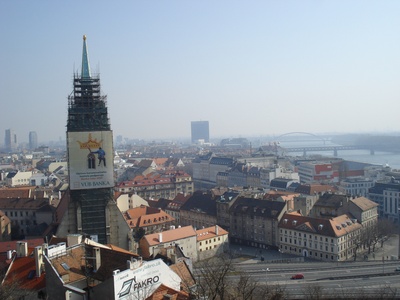
Slovak
Due to the shared history of Czechoslovakia, Slovak is widely understood and spoken. It’s used by a large Slovak minority in daily life, and speakers do not require interpreters for official proceedings, highlighting its special status.
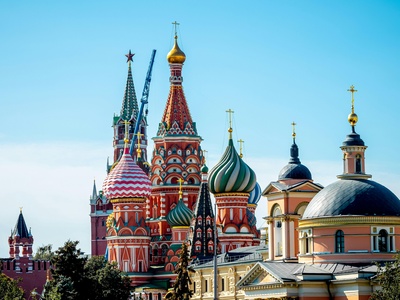
Russian
Spoken by a sizable Russian-speaking community and understood by many in the older generation who learned it in school. It is used in business, tourism (especially in spa towns), and within the Russian diaspora community.
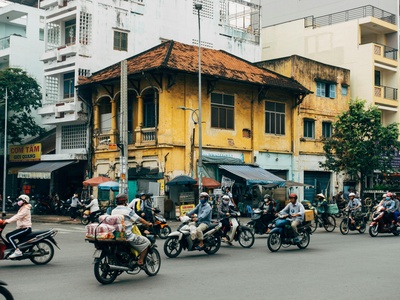
Vietnamese
Spoken by one of the largest and most integrated non-European communities. Vietnamese is used in homes, businesses, and cultural centers. The community, originating from Cold War-era labor programs, is now a recognized national minority.
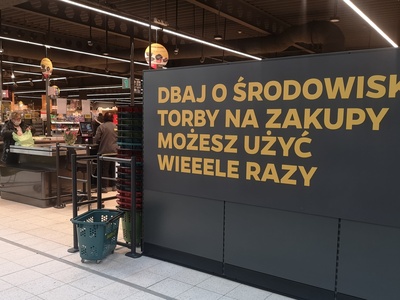
Polish
Spoken by the indigenous Polish minority in the Zaolzie region, where it has official status in some municipalities. It is used in local schools, media, and cultural life, reflecting a long history in the border area.
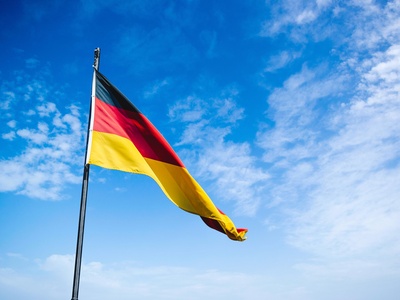
German
Once a major language, German is now spoken by a smaller, mostly elderly minority. It remains a very important foreign language for business and tourism due to geographic proximity and strong economic ties with Germany and Austria.
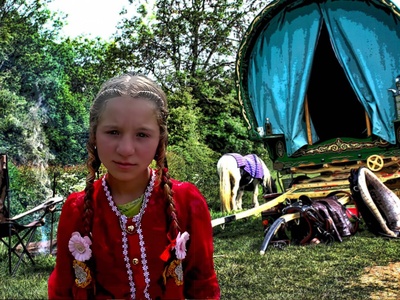
Romani
The language of the Roma people, Romani is primarily a spoken language used within families and communities. Speaker estimates are difficult, but it’s an officially recognized minority language facing endangerment due to assimilation pressures.
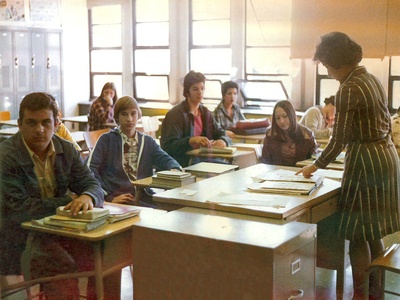
English
The primary foreign language taught in schools and used for international business, tech, academia, and tourism. Proficiency is very high among younger people and professionals in urban centers, serving as the country’s key lingua franca.
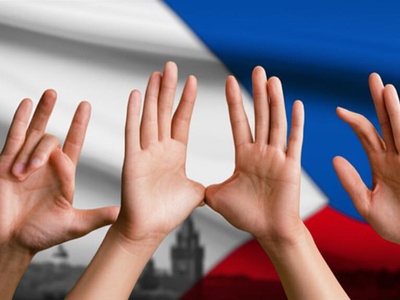
Czech Sign Language
The primary language of the Deaf community in the Czech Republic, fully recognized in law since 2008. It is a natural visual language with its own distinct grammar and is used in education and specific media for the Deaf.
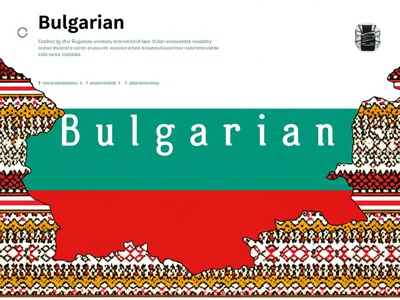
Bulgarian
Spoken by the Bulgarian minority, which has a long history in the country, with communities established in the 20th century. The language is maintained through family ties and cultural organizations in major urban areas.

Hungarian
Spoken by the small Hungarian minority, many of whom have roots in Slovakia. The language is used within families and cultural associations, reflecting historical connections within the former Austro-Hungarian Empire.

Chinese (Mandarin)
Spoken primarily by immigrants from China involved in business, trade, and academia. The community is concentrated in Prague, where it supports a network of shops, restaurants, and cultural centers, reflecting growing economic ties.
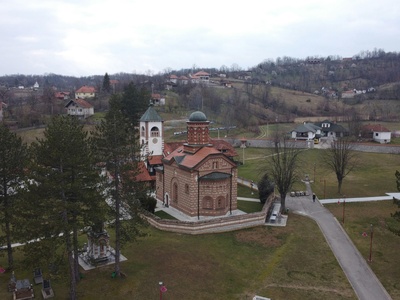
Serbian
Spoken by the Serbian community, many of whom arrived as immigrants or refugees from the former Yugoslavia. The language is used in family life and within cultural and religious organizations, particularly in larger cities.

Greek
Spoken by descendants of Greek civil war refugees who arrived in the late 1940s. While the community is small, the language is preserved through cultural societies and family connections, primarily among the older generation.
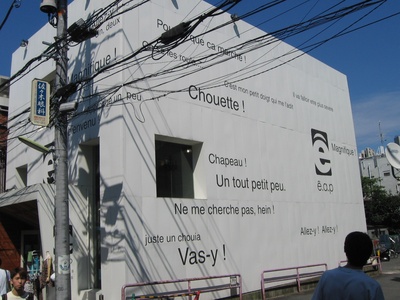
French
Taught as a second or third foreign language in schools and universities. French is used in diplomacy, culture, and some niche business sectors. It holds cultural prestige but is far less common as a lingua franca than English or German.

Croatian
Spoken by the descendants of Moravian Croats who settled in the region centuries ago. This dialect is highly endangered, but efforts are made to preserve it through cultural events and community activities in a few specific villages.

Rusyn
A highly endangered East Slavic language spoken by a very small community, often with ties to Slovakia or Ukraine. It is officially recognized as a minority language, with efforts focused on preservation through cultural associations.

